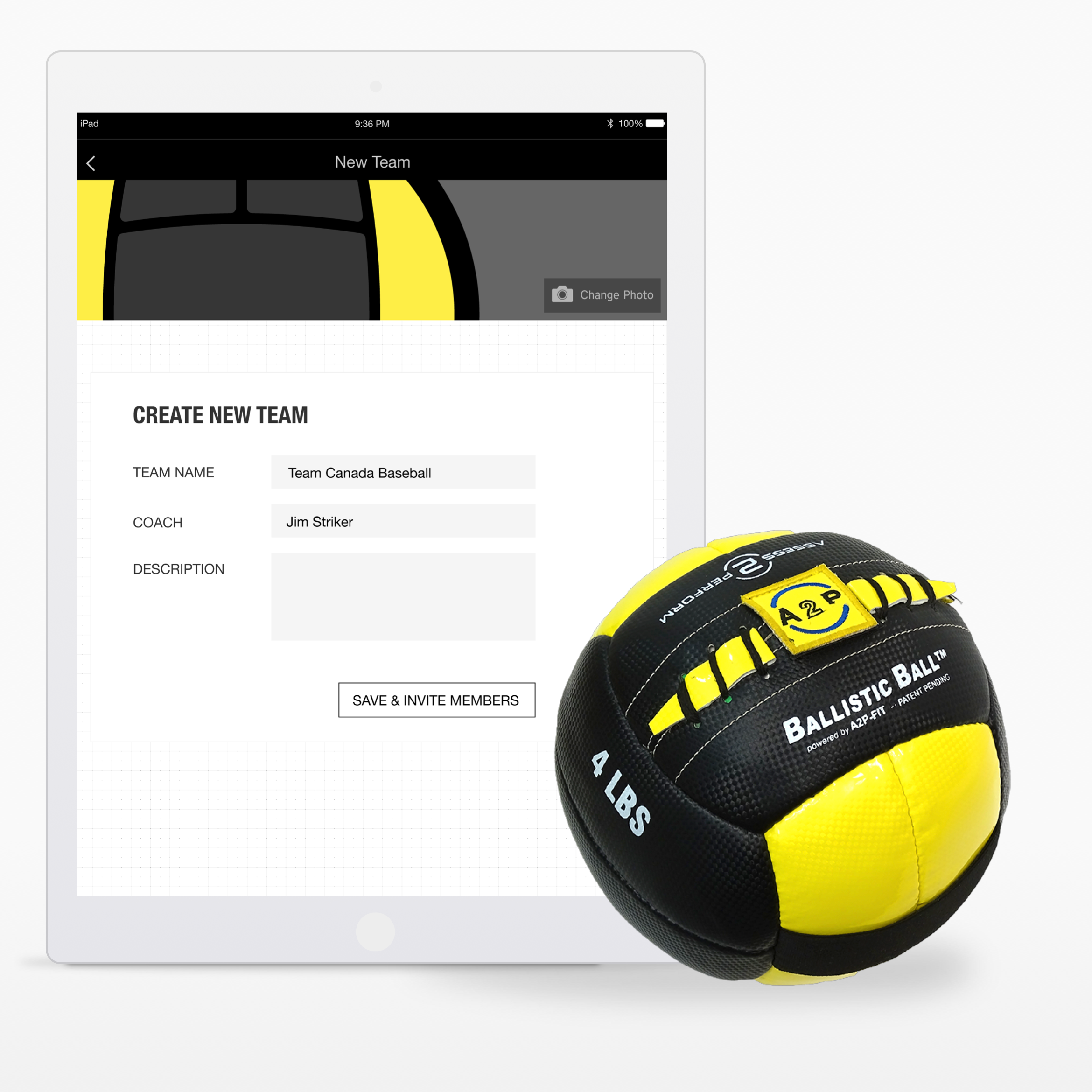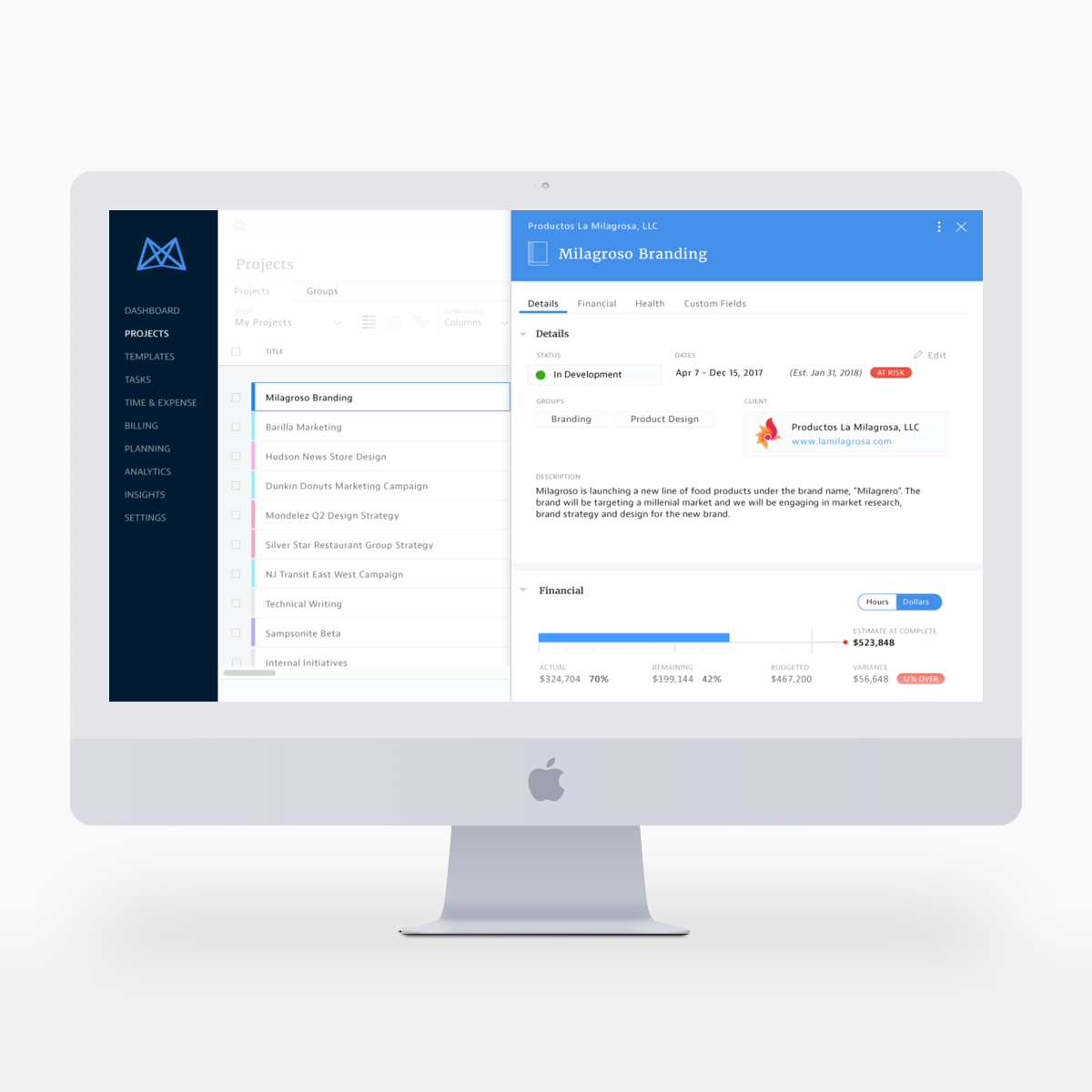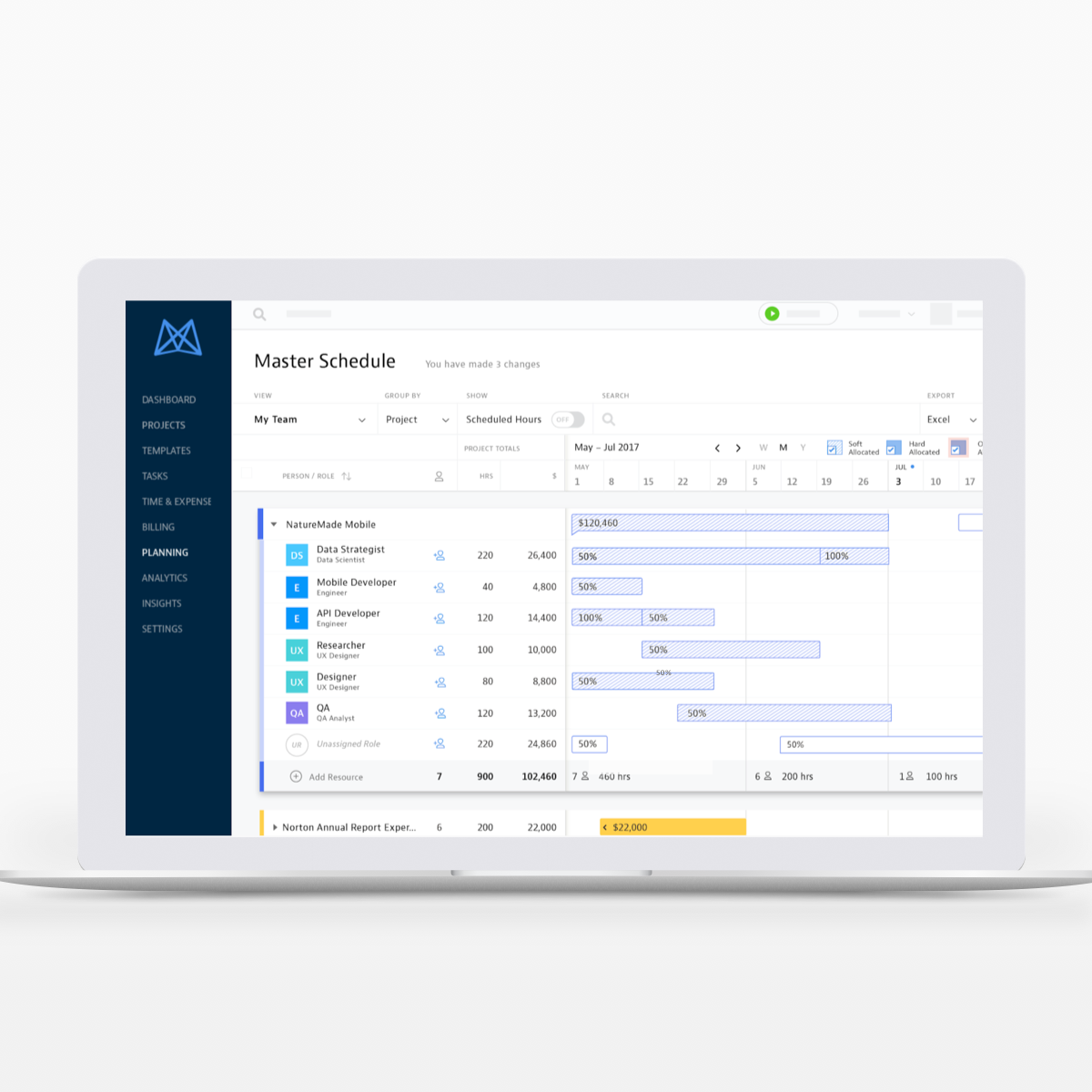PointDrive was acquired by LinkedIn in July of 2016 and is now part of LinkedIn Sales Navigator
Even the most experienced sales people have to work to close a deal. There are so many factors at play from the quality of the product to the connecting power of the salesperson. There are lots of tools that help manage the sales process, customer relationship management systems that track every interaction with a client. Yet, those systems are severely lacking in the relationship part of the equation. What tool does a salesperson use to help build and maintain a relationship? This was the need that the PointDrive founders were looking to fill.
The founders, Bill and David, are bright, driven entrepreneurs that had a successful cloud-based sharing start-up and were looking to move into their next venture. Bill is a master salesman, who was able to close both small deals and large rounds of funding. He’s great at it because he understands people. He gets to know his prospects, working together with them to understand their needs and desires. He tailors his communication to those needs. What he lacked was the tool to do that easily. Every time Bill couldn’t get an in person investment presentation scheduled, he’d be forced to pull together an email, writing the perfect content and then sticking on a few attachments and sending it out into the ether hoping that the recipient looked at everything. It was a far cry from an in person meeting where he could direct the presentation from beginning to end, shifting direction if he was losing the room. He knew there had to be better middle ground, something not necessarily as good as an in person presentation but better than an email. He had an idea, a better sales tool, but wanted validation. So, he and David partnered with the product and innovation group at Slalom consulting to help them validate their idea and refine their vision.
The first step was to talk to sales organizations within their current client base. I conducted a series of interviews and gathered a huge number of insights. I looked at the words people used to talk about their sales relationships and mapped those from low to high value. Differentiation and personalization were major themes.
We went then went through a series of exercises to determine the customer value, demand, market size, story, customer acquisition path, and barriers to entry. Once vetted, Bill and David felt confident to move forward. They opted to continue working with the team at Slalom to define and build the product.
When we started the product definition phase we had only a very high level concept. We knew that there would be significant work to test our ideas and develop a concrete product. We knew that we wanted to follow a lean strategy and test and iterate on our concept as quickly and often as possible. So, I created an experience plan that would allow us to validate the different facets of the product idea in progressive iterative cycles.
As we worked through the experience plan, we continued to get more grounded on our product definition. A tool that facilitated sharing sales collateral in a targeted way and provided insights on viewing behavior. Sales people wanted the relationship to go both ways. They would provide customized materials to the client and in turn wanted to find out if they had looked at it.
Now we were getting somewhere. We had a clear target for our product. Bill and David wanted to launch in three months, so we narrowed the MVP to the following three must-have needs:
Ability to create and share presentations in a straightforward way (as easy as email)
Simple, actionable insights on recipient behavior
Available on mobile devices without having to have a special app
We did some quick wireframing and guerrilla user testing to validate the simplicity of the flow. It took several iterations and reworking to make it feel as easy as email. Though we had more steps that email, continual feedback and imagery made each step feel simple. The personalized touches made it worth the additional effort.
We had grand visions of complex analytics, but in the three month time frame we were limited in our ability to execute. We limited the insights to the simplest, most valuable item, whether or not someone had viewed the presentation. This piece had a nice side-effect, it eliminated the problem of sending the wrong attachment. So long as the recipient had not viewed the presentation, the sender could switch out a piece of content without them even knowing.
Finally, we built the application as responsive mobile, this allowed the recipient to click a link directly to the presentation without having to download or login into an application.
After many late nights, dinner with the clients and a collaboration that was one of the best in my career, we did launch on time to a large audience on a big stage with a live demo. Nothing broke and accolades were in abundance. Once the product had launched we handed the product over to the client. One of the greatest things about consulting is that you build products from the beginning knowing you won’t maintain them, so our style guide and component library were complete, well documented and ready for hand off. Once out in the world, the product saw many new use cases: It was a major hit in the real estate community both for sending potential buyers property packets and with lenders sending loan documents. It even picked up steam in the design community as a portfolio presentation tool. In 2016 PointDrive was acquired by LinkedIn as part of their sales navigator toolset.


